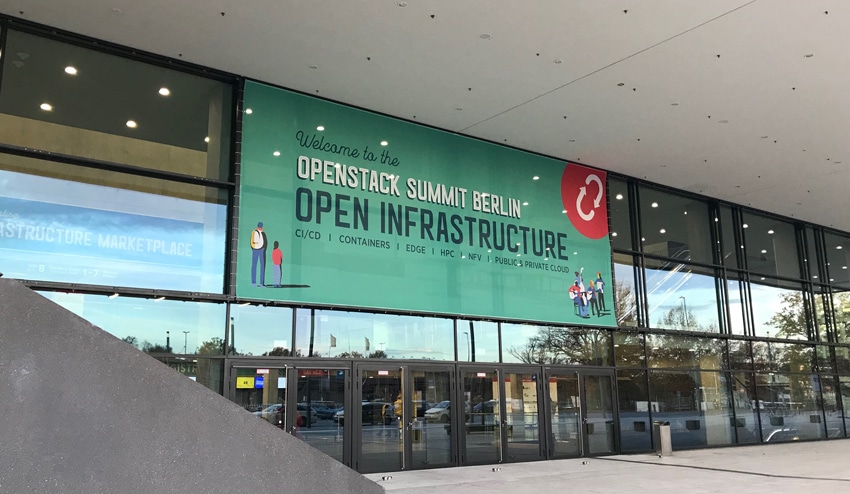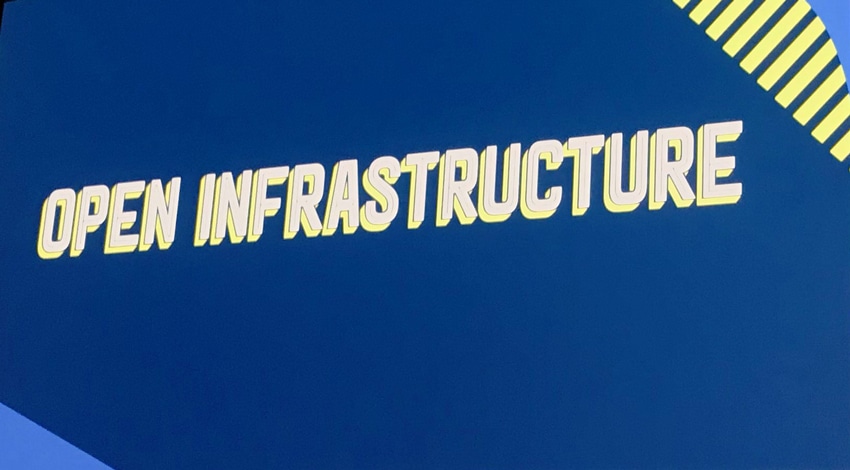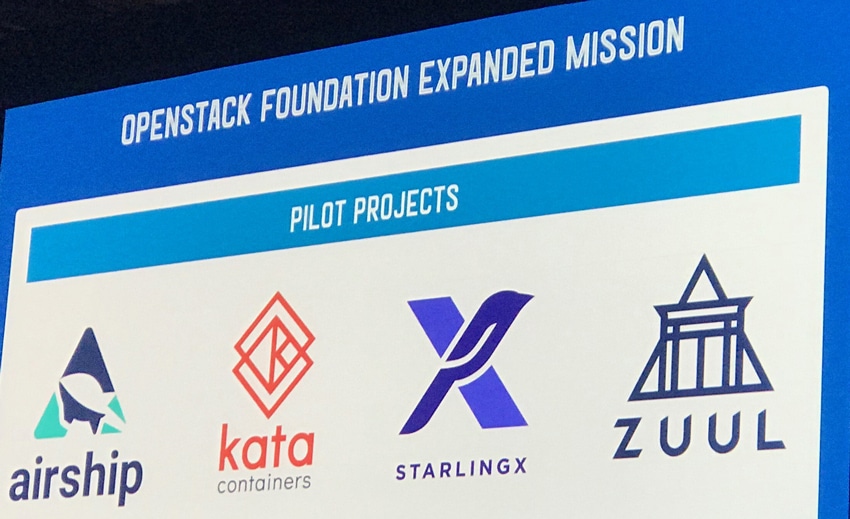 Last week OpenStack held its second summit of the year in Berlin, Germany. StorageReview was on the ground in Berlin as the OpenStack Foundation (OSF) continued to make and strengthen its case for open source. OSF expressed the need for what it call Open Infrastructure, allowing users to fully take advantage of the benefits of open source. They also went over their continued momentum and updated the community on where their pilot projects were in terms of progress, roadmaps, and use cases.
Last week OpenStack held its second summit of the year in Berlin, Germany. StorageReview was on the ground in Berlin as the OpenStack Foundation (OSF) continued to make and strengthen its case for open source. OSF expressed the need for what it call Open Infrastructure, allowing users to fully take advantage of the benefits of open source. They also went over their continued momentum and updated the community on where their pilot projects were in terms of progress, roadmaps, and use cases.
Last week OpenStack held its second summit of the year in Berlin, Germany. StorageReview was on the ground in Berlin as the OpenStack Foundation (OSF) continued to make and strengthen its case for open source. OSF expressed the need for what it call Open Infrastructure, allowing users to fully take advantage of the benefits of open source. They also went over their continued momentum and updated the community on where their pilot projects were in terms of progress, roadmaps, and use cases.

OpenStack continues to be one of the most active open source projects, with 70K commits in the last year as well as 182 changes per day in the Rocky release. OpenStack is running on 10 million cores now, in a variety of use cases all over the world. OSF knows that there are a certain segment of users that will prefer open source for a myriad of reasons such as flexibility, avoiding vendor lock-in, and innovation. In order to spread the message OSF had ClearPath Strategies conduct a study that more or less proves the above points. The study also helps point OSF in its current direction of insuring better integration and implementation with its move to Open Infrastructure (infrastructure built on an integrated mix of open source components). The OSF is taking this one step further, rebranding the OpenStack Summit as the Open Infrastructure Summit beginning with the April 2019 Summit in Denver.

As technology has changed and evolved, OpenStack has been able to meet these changes head on. OpenStack is widely used in data centers and with VMs, and as containers, GPUs, AI, and edge computing technologies are taking more of a front seat in what they can bring to the table, OpenStack and its Open Infrastructure will be there to meet the needs. Containers are probably making the biggest splash in user interest at the moment, with Kubernetes driving that interest. OSF is seeing a increase of adoption of container projects such as Ironic.

The OSF also gave a brief on the current status of its major pilot projects. Pilot projects start as code that begins to be collaborated on, and eventually turned into long-term, confirmed projects for OpenStack. The current pilot projects are Airship (Lifecycle management; undercloud for OpenStack, Kubernetes, MaaS), Kata Containers (Secure, lightweight CRI compatible virtualized containers), StarlingX (Edge computing platform), and Zuul (CI/CD multi-project gating system). Airship, that was introduced at the last OpenStack Summit in Vancouver, is publishing its 1.0 release. Kata Containers now has better logging, iplan/macvlan support through TC mirroring, and NEMU hypervisor support. StarlingX’s services have proven their value in recent months and are reported as looking and feeling more like OpenStack services. Zuul has added supercedent pipeline managers, Job Pause, Dashboard React Rewrite, and Kubernetes Build Resources.
The OSF announced that the next OpenStack release will be called Train. Along with this, OSF announced that the next two Summits will be in Denver, Colorado and in China in the fourth quarter of 2019. China has a huge OpenStack market and it will be the first summit in China for OpenStack.
From my perspective, this being my third OpenStack Summit, OpenStack has definitely matured and become refined over time. Even the event being very well organized and efficient (could have something to do with it being in Germany), is a change of pace where even larger organizations don’t quite have a handle on yet. OpenStack, in my opinion, has gone from a whiz, bang, pow-type of disruptor, to a polished technological tool that has found its rightful place amongst other technologies. I don’t see this as a massive grower over the years but as continued slow but strong growth.
Sign up for the StorageReview newsletter
